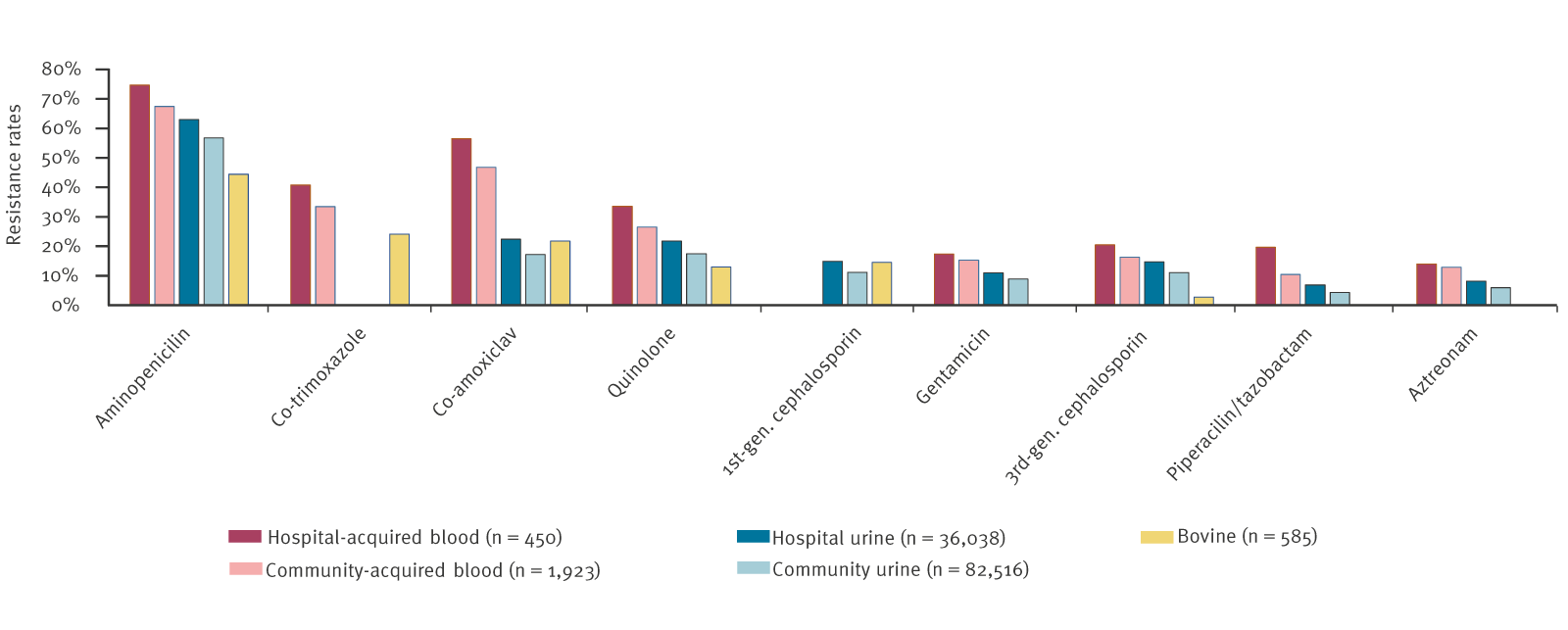2025-06-05 マックス・プランク研究所

Two main types of neurons: excitatory neurons, which transmit information by amplifying neural signals, and inhibitory neurons, which can suppress the signals. © MPI CBS
<関連情報>
- https://www.mpg.de/24838316/balance-of-neurons-in-the-brain-changes-with-age
- https://www.science.org/doi/10.1126/sciadv.adr8164
個別化された生物物理学的ネットワークモデリングに基づく皮質興奮抑制比の青年期成熟 Adolescent maturation of cortical excitation-inhibition ratio based on individualized biophysical network modeling
Amin Saberi, Kevin J. Wischnewski, Kyesam Jung, Leon D. Lotter, […] , and Sofie L. Valk
Science Advances Published:4 Jun 2025
DOI:https://doi.org/10.1126/sciadv.adr8164
Abstract
The excitation-inhibition ratio is a key functional property of cortical microcircuits which changes throughout an individual’s lifespan. Adolescence is considered a critical period for maturation of excitation-inhibition ratio. This has primarily been observed in animal studies. However, there is limited human in vivo evidence for maturation of excitation-inhibition ratio at the individual level. Here, we developed an individualized in vivo marker of regional excitation-inhibition ratio in human adolescents, estimated using large-scale simulations of biophysical network models fitted to resting-state functional imaging data from both cross-sectional (n = 752) and longitudinal (n = 149) cohorts. In both datasets, we found a widespread decrease in excitation-inhibition ratio in association areas, paralleled by an increase or lack of change in sensorimotor areas. This developmental pattern was aligned with multiscale markers of sensorimotor-association differentiation. Although our main findings were robust across alternative modeling configurations, we observed local variations, highlighting the importance of methodological choices for future studies.


